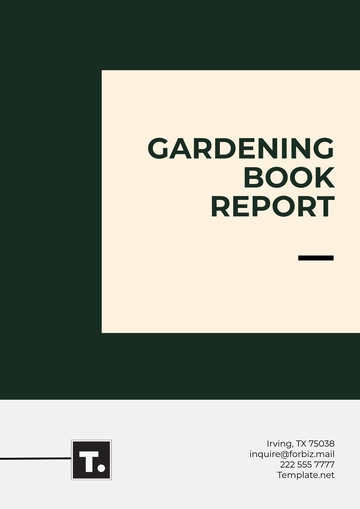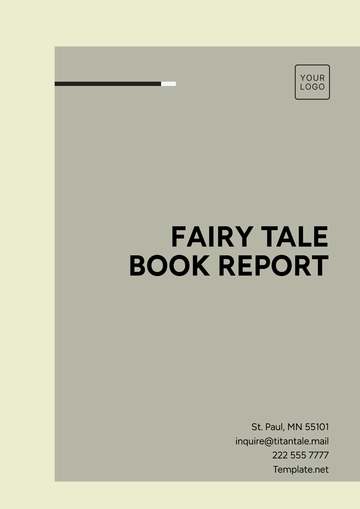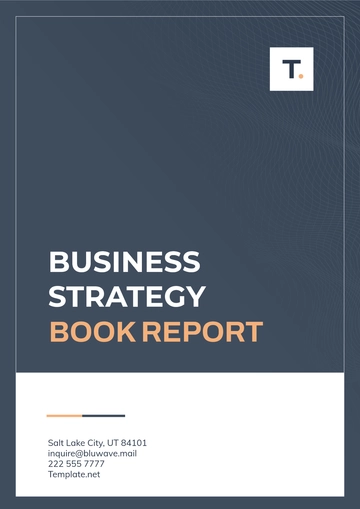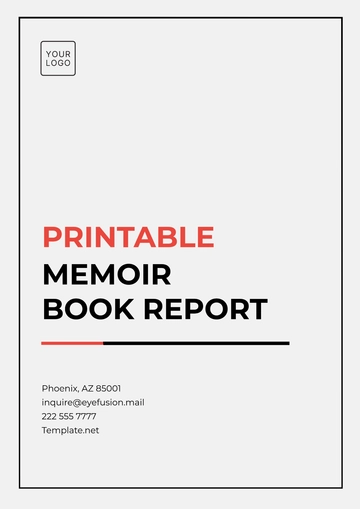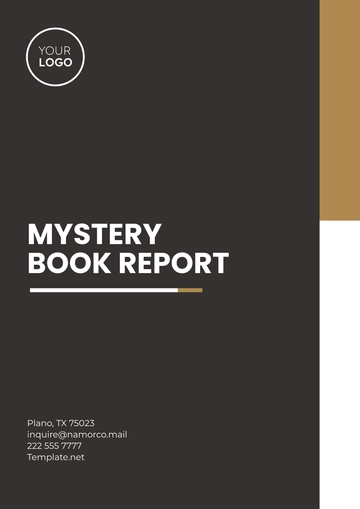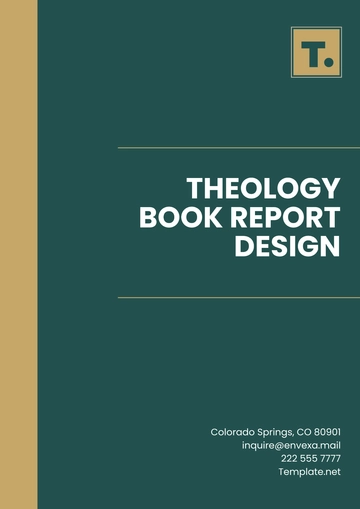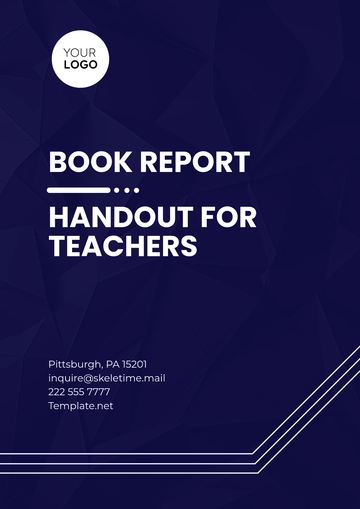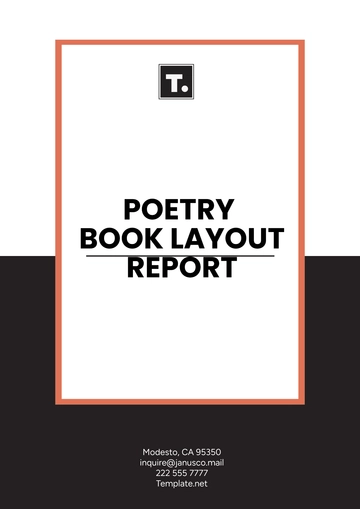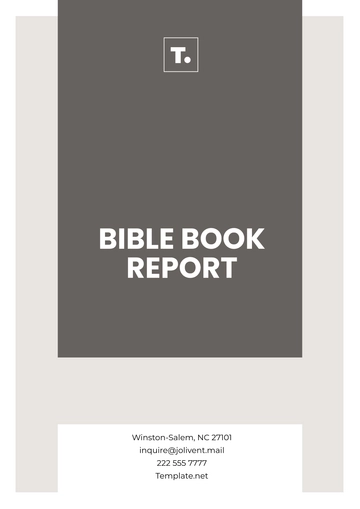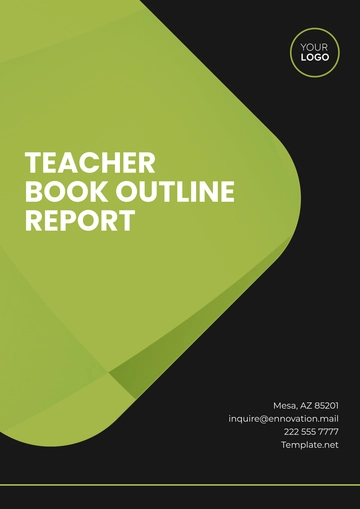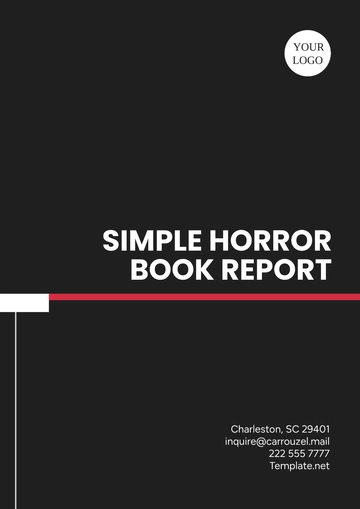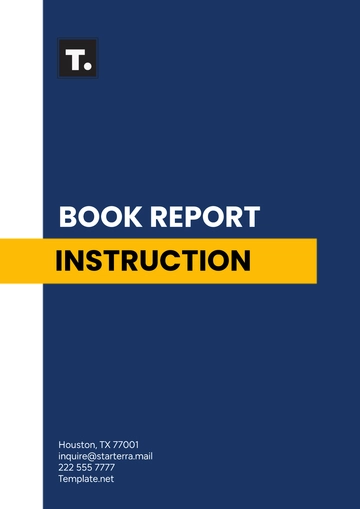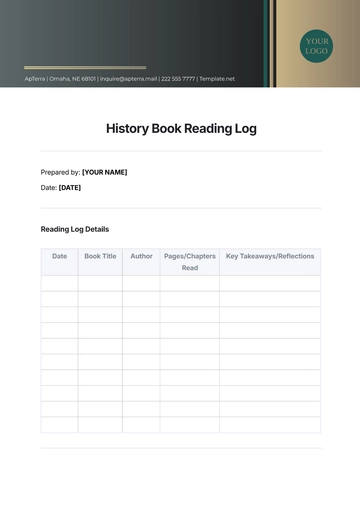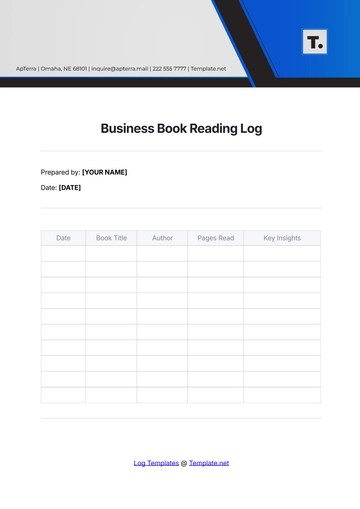Free Aesthetic Fiction Book Report

Prepared by: [YOUR NAME]
Organization: [YOUR COMPANY NAME]
Date: January 2055
Book Title: The Night Circus
Author: Erin Morgenstern
Genre: Fantasy, Magical Realism
Published: 2011
Introduction
The Night Circus by Erin Morgenstern is a spellbinding tale set in a magical, otherworldly circus that appears without warning, open only at night. The narrative weaves through multiple timelines and perspectives, focusing on the rivalry between two young magicians, Celia and Marco, who are bound by a mysterious competition within the confines of the circus. This book stands out not only for its imaginative plot but also for the artistic choices made in its prose, character development, and thematic exploration. This report focuses on the aesthetic qualities of the novel, including its use of language, imagery, and overall emotional impact.
Literary Style and Language
One of the most striking aspects of The Night Circus is Morgenstern's lyrical and poetic prose. Her writing is lush and evocative, creating a dreamlike atmosphere throughout the novel. The language is rich with metaphor and simile, capturing the fantastical elements of the circus while still grounding the narrative in emotional depth. For example, the circus tents are described as “black and white stripes that undulate like the fabric of a dream,” a description that not only conveys the surreal nature of the setting but also evokes a sense of wonder and mystery.
Morgenstern’s style is reflective of magical realism, where the fantastical elements exist alongside the every day without any explanation, blending reality and fantasy seamlessly. The pacing of the novel is deliberate, allowing the reader to immerse themselves fully in the world of the circus before moving the plot forward. This slow unfolding of events mirrors the mysterious nature of the circus itself and serves to heighten the sense of wonder and anticipation that pervades the book.
Themes and Symbolism
At the heart of The Night Circus lies the theme of rivalry and competition, symbolized by the magical contest between Celia and Marco. However, this rivalry is not just about winning; it is about the artistic expression of their powers and their eventual realization of the personal cost of their actions. The circus, in many ways, acts as a metaphor for the balance between creation and destruction, art and ambition. The tent is not only a physical space but a symbol of the boundaries between the possible and the impossible, the real and the imagined.
The use of colors—specifically black and white—plays a significant role in the novel’s aesthetic. The contrasting colors of the circus tents symbolize the duality of light and darkness, good and evil, and order and chaos, themes that are explored through the characters' relationships and the stakes of their competition. The use of light and shadow throughout the novel also enhances the sense of mystery, as much of the action occurs in the dark, where illusions and hidden truths emerge.
Structure and Pacing
Morgenstern’s choice of structure in The Night Circus is particularly interesting from an aesthetic standpoint. The narrative is non-linear, jumping between different points in time and perspectives, offering glimpses of the past, present, and future. This fragmented approach mirrors the disjointed nature of memory and the intricacy of the circus itself, which is built piece by piece. The constant shifts in time also keep the reader engaged, as they try to piece together the complex puzzle of the characters’ fates and the circus’s true purpose.
The pacing is relatively slow, especially in the beginning, as Morgenstern sets the tone and atmosphere. The leisurely pace allows for deep character development, especially for Celia and Marco, whose inner conflicts and growth are as central to the story as the external magical competition. The gradual buildup to the climax creates a tension that keeps the reader captivated, while also allowing space for reflection on the themes of love, sacrifice, and destiny.
Emotional Impact and Atmosphere
The emotional impact of The Night Circus is deeply intertwined with its aesthetic qualities. The novel’s atmosphere is both enchanting and melancholic, and it is this balance that makes the story so emotionally resonant. The reader is drawn into the beauty of the circus and its magical allure, but at the same time, there is an undercurrent of sadness, particularly as the consequences of the characters' actions unfold.
The emotional connection between Celia and Marco is another significant aspect of the book’s aesthetic. Their relationship evolves slowly, from rivalry to love, yet the bond between them is always tinged with the knowledge that their competition has far-reaching consequences. This emotional tension is mirrored in the overall tone of the novel, which fluctuates between wonder and sorrow, hope and despair, creating a rich emotional landscape for the reader to navigate.
Conclusion
The Night Circus is a work of art in itself, using aesthetic elements to weave a story that is both visually stunning and emotionally complex. The rich language, thematic depth, and immersive atmosphere make it a unique reading experience, where the boundaries between reality and fantasy blur, and the cost of artistic creation is laid bare. Erin Morgenstern’s ability to craft a world of magic, beauty, and melancholy through her prose ensures that The Night Circus will remain an unforgettable work for readers who appreciate the artistry of fiction. The novel’s blending of aesthetic elements not only tells a captivating story but also invites readers to reflect on the nature of art, love, and the choices we make.
- 100% Customizable, free editor
- Access 1 Million+ Templates, photo’s & graphics
- Download or share as a template
- Click and replace photos, graphics, text, backgrounds
- Resize, crop, AI write & more
- Access advanced editor
The Aesthetic Fiction Book Report Template from Template.net is an editable and customizable tool for creating visually appealing book reports. Tailor the layout, text, and design to reflect your unique perspective on fiction. Editable in our AI Editor Tool, it provides an easy way to craft a polished, professional report that suits your style.

